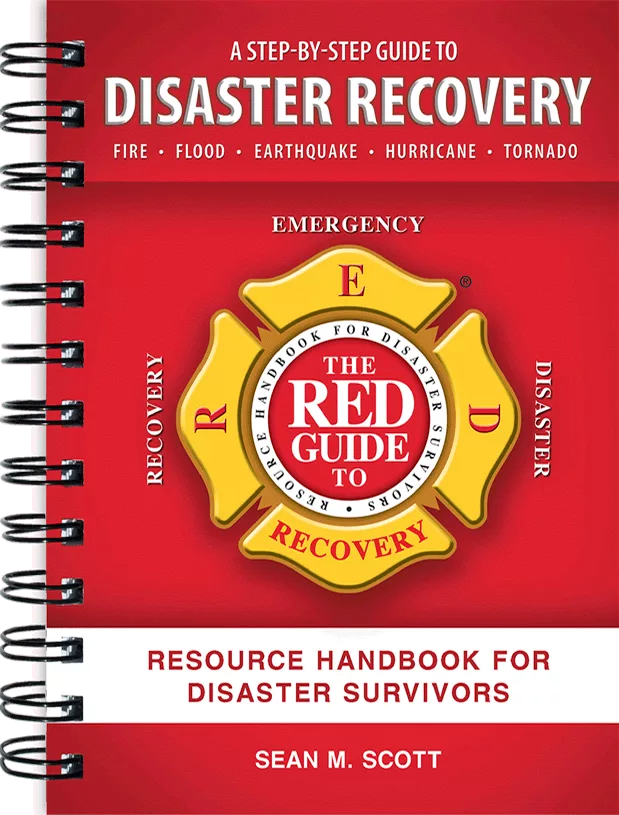Soft Goods Restoration: Make a Win Out of a Loss

When assessing the damage brought on by a total loss due to fire, smoke, water or mold, it can be difficult to determine the salvageable from the irrevocably destroyed. As a restoration contractor, every piece of policyholder property that can be identified as restorable instead of replaceable is going to benefit you, the adjuster and the policyholder more in the long run.
Thirty percent to 40 percent of the items damaged in total losses fall under one of three categories: garments, textiles or soft goods. Textiles and garments are defined as clothing of all types, bedding, tablecloths, towels and window treatments. Soft goods specifically are shoes, belts and purses. Replacing soft goods instead of restoring them can take up an astonishingly large amount of the allowances outlined in the insurance policy’s limits.
Advances in technology and technique now allow items that only a short while ago would have been classified as beyond repair to be restored for far less than an outright replacement would cost. In fact, up to 95% of soft goods brought in for restoration can be returned to like-new condition.

When you are able to aid the adjuster in their efforts to conserve policy limits on such a large scale by utilizing soft goods restoration, you satisfy their needs as well as the policyholder’s. Ugly situations, like an adjuster having to inform a client that insurance funds have been depleted, are far less likely to occur.
If you understand the rigid constraints indemnity expenses impose upon the adjuster, and if you are mindful of the most frugal and sensible alternatives to replacement, it will make their job – getting the most property back to the policyholder for the least expense – that much easier, resulting in a stronger relationship (and more work) for you.
Let’s examine one particular process in depth. Restoring leather goods is a very involved and specific process, one that in this case starts with washing the goods in an exact balance of cold water, ozone and detergent mixture.
The use of ozone as a deodorizer is not new, but using water that is highly ozone-saturated lessens the chance of further damage or adverse effects on the item being restored. It also reduces the time investment; high-saturation ozone washing removes even heavy smoke odor in minutes.

Washing soft goods in the cold water, ozone and detergent mixture accomplishes three things:
- Any odors will be completely removed.
- Any soot or soil on the leather is loosened and suspended.
- The detergent mixture imbues synthetic oils and moisture back into the leather.
The items are closely inspected for a second time, stuffed with tissue and wrapped separately before being boxed to return to the policyholder.

The adjuster determined that losses from fire and smoke were such that there would be no point in the soft goods restorer even bothering investigating the damaged boots.
The restorer decided to attempt restoration anyway and, instead of replacing the hand-made footwear, the boots were restored to the policyholder’s complete satisfaction at a cost of $19.31 per pair. What would have cost over $20,000 to replace was restored for just over $400.
Even in the most dire and seemingly hopeless situations, using soft goods restoration allows the contractor, the adjuster and certainly the policyholder the maximum benefit possible. It is clear that by working with a qualified garment, textile and soft goods restoration specialist, contractors can build relationships with adjusters, deliver the highest levels of policyholder satisfaction and generate substantial additional restoration revenues.
Looking for a reprint of this article?
From high-res PDFs to custom plaques, order your copy today!






